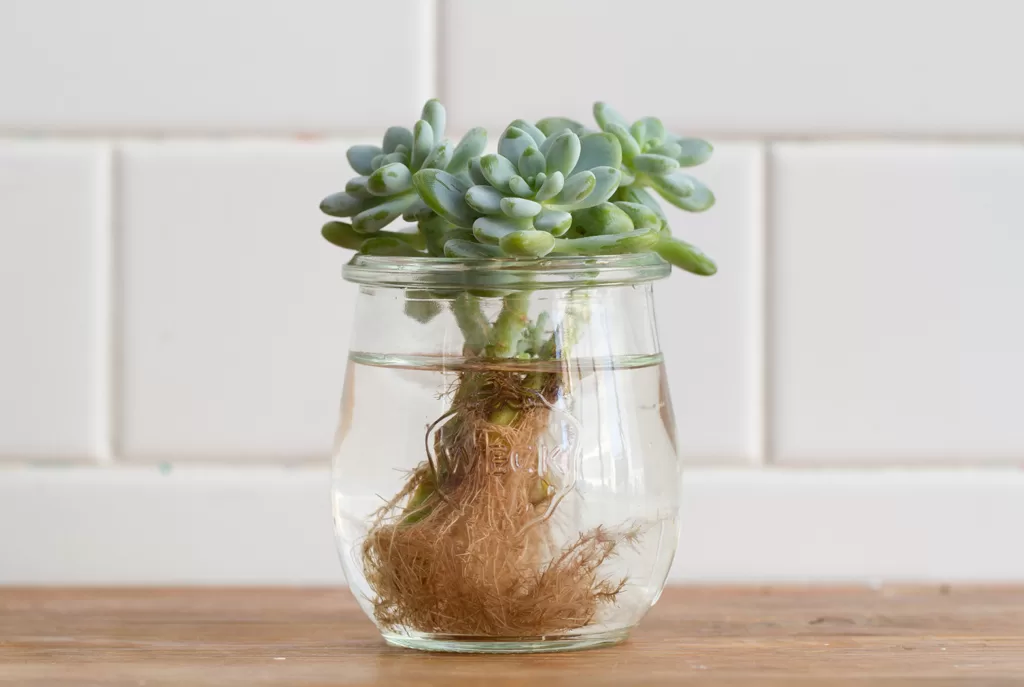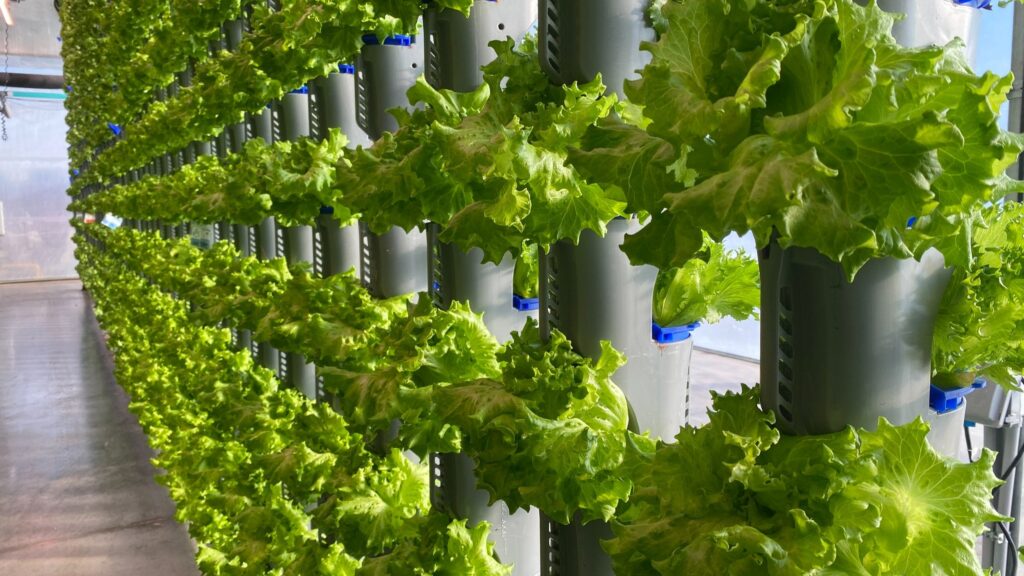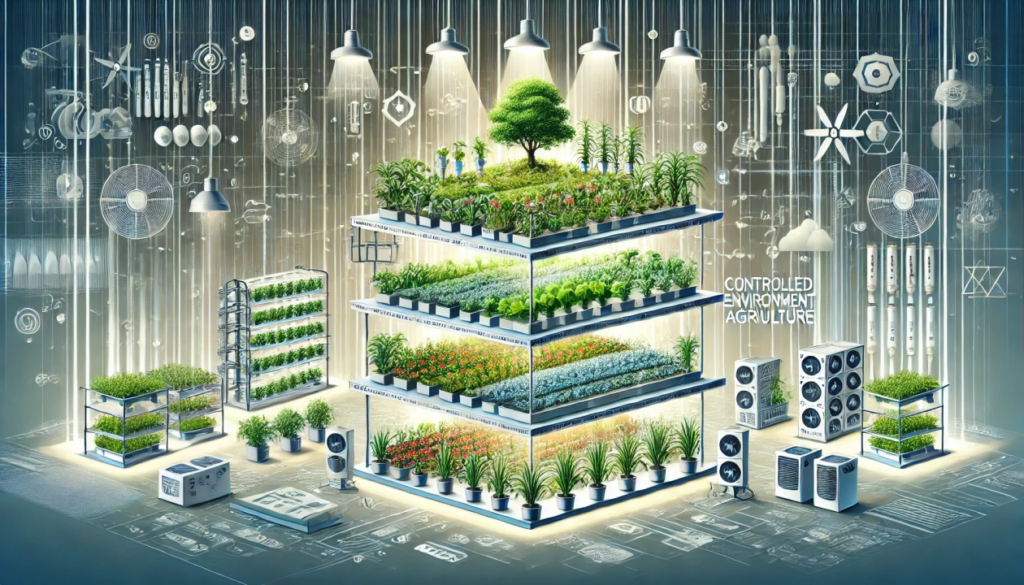Tomato plants are typically annuals, meaning they have a lifespan of one growing season, usually lasting from spring to fall. However, in ideal growing conditions, some varieties of tomato plants may continue to produce fruit for 2 or 3 growing seasons before they die.
Table of Contents
There are several factors that can affect the lifespan of a tomato plant, including:
- Climate: Tomato plants prefer warm, sunny conditions and are typically grown as annuals in regions with colder climates. In warmer climates, they may survive for several growing seasons.
- Growing Conditions: Proper soil nutrition, adequate water, and protection from pests and diseases can all affect the lifespan of a tomato plant. Poor growing conditions can result in stunted growth, reduced fruiting, and a shorter lifespan.
- Variety: Different varieties of tomato plants have varying lifespans. Some hybrid varieties are bred for disease resistance and may have a longer lifespan, while heirloom varieties may be more susceptible to disease and have a shorter lifespan.
- Maintenance: Regular pruning, staking, and trellising can help keep a tomato plant healthy and productive for longer. Over-fertilizing or overwatering can also shorten the lifespan of a tomato plant.
In general, tomato plants can live for one growing season, but with proper care and ideal growing conditions, they can continue to produce fruit for several years.
In a warm climate with adequate water and proper care, a hybrid tomato variety could live for 2-3 growing seasons, producing fruit each season. For instance, if a gardener planted the tomato plant in spring of 2022, it could continue to produce fruit until fall 2023 or even spring 2024.
However, in a colder climate with harsh winters, the same tomato plant may only live for one growing season, producing fruit from spring to fall of 2022, before it dies back and needs to be replanted the next spring.
Another example could be a heirloom tomato variety, which is often more susceptible to disease and pests. In poor growing conditions or with a lack of proper care, this type of tomato plant may only live for one season, producing fruit for a shorter period of time compared to a hybrid variety.

To increase the lifespan of a tomato plant, the following steps can be helpful:
- Proper soil nutrition: Ensure the soil has the right pH levels and is well-draining. Tomatoes prefer soil that is slightly acidic with a pH between 6.0 and 6.8.
- Adequate water: Tomato plants need consistent watering, especially when fruiting. Overwatering or drought can stress the plant and reduce its lifespan.
- Sunlight: Tomato plants need plenty of sunlight to grow and produce fruit. Place them in a sunny location that gets at least 6 hours of direct sunlight per day.
- Pest and disease control: Regularly check for signs of pests and diseases and take action as needed to prevent infestations. This can include using insecticides, fungicides, or natural remedies.
- Pruning and training: Prune the tomato plant regularly to remove dead or diseased leaves and stems and to encourage fruiting. Training the plant to grow on a trellis or stake can also help to increase its lifespan by promoting proper air circulation and reducing disease pressure.
- Regular maintenance: Regularly fertilize the plant with a balanced fertilizer and remove any yellowing leaves. This helps to keep the plant healthy and productive for a longer period of time.
How fast do tomatoes grow?
The growth rate of tomatoes depends on several factors, including the variety, growing conditions, and climate.
In general, most tomato plants can take anywhere from 50 to 80 days to grow from seed to a mature plant ready for fruiting, and another 50 to 100 days to produce ripe fruit, depending on the variety. In warm, sunny conditions with proper care and adequate water, tomatoes can grow and produce fruit relatively quickly. In cooler conditions, growth may be slower.
It’s important to note that the growth rate of tomatoes can also be affected by other factors such as soil quality, the presence of pests and diseases, and pruning and training techniques. A well-maintained tomato plant that is given proper care can continue to produce fruit for several growing seasons.

Steps you can take to increase the growth rate of tomato plants:
- Choose the right variety: Some tomato varieties are bred specifically for fast growth and early fruiting. Consider these when selecting plants for your garden.
- Start with healthy seedlings: Purchase healthy seedlings from a reputable source and avoid planting diseased or stunted seedlings.
- Proper soil nutrition: Ensure the soil has the right pH levels and is well-draining. Tomatoes prefer soil that is slightly acidic with a pH between 6.0 and 6.8. Regular fertilization with a balanced fertilizer can also help to promote healthy growth.
- Adequate water: Consistent watering is essential for tomato plants, especially when they are fruiting. Overwatering or drought can slow down or stop growth altogether.
- Sunlight: Tomato plants need plenty of sunlight to grow and produce fruit. Place them in a sunny location that gets at least 6 hours of direct sunlight per day.
- Pest and disease control: Regularly check for signs of pests and diseases and take action as needed to prevent infestations. This can include using insecticides, fungicides, or natural remedies.
- Pruning and training: Regular pruning and training can help to encourage healthy growth and increase fruit production.
By following these steps and providing proper care, you can help increase the growth rate of your tomato plants and ensure a bountiful harvest.





